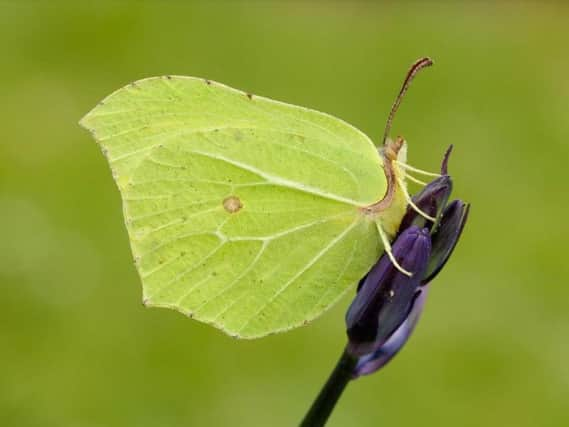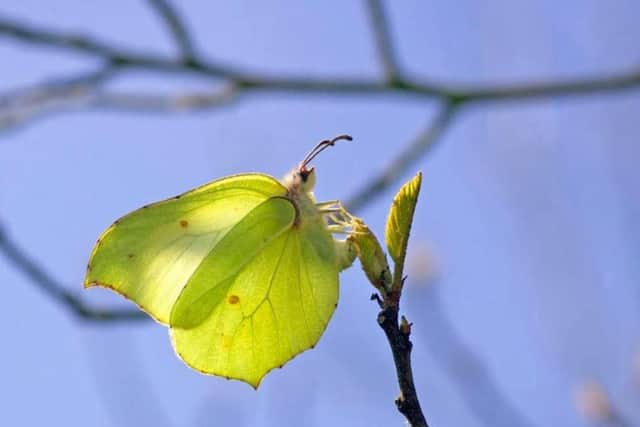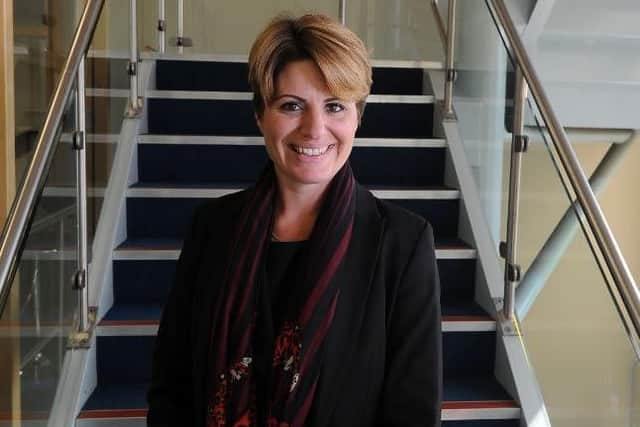Plan to make Hull 'world's first butterfly city'


A campaign led by Hull West and Hessle MP Emma Hardy aims to see thousands of trees planted which are food for the sulphur-yellow Brimstone butterfly.
Recent research has seen dramatic falls in Europe over the last few decades.
Advertisement
Hide AdAdvertisement
Hide AdThe project aims to see at least 3,000 trees planted in the first year. Schoolchildren will help put in the first trees at Wheeler Street Primary on November 22.


A thousand will be handed out to people for free by community and allotment groups, while HEYwoods, which is responsible for planting the Northern Forest, will plant another 2,000 over the winter.
Yorkshire Water is also making 1,000 available at a Waterline event at the Bonus Arena on November 28.
The city is the least wooded in the country and the MP said increasing the number of trees, which help absorb carbon dioxide and improve air quality, was "paramount" to helping the city become "truly sustainable".
Advertisement
Hide AdAdvertisement
Hide AdTrees chopped down to make way for £22m company headquartersThe MP said: “A healthy buckthorn tree is all the Brimstone caterpillar needs to grow happily.


"The more trees, the more bees and butterflies, the more beautiful our city and a better quality of living for everyone."
Wildlife charity Butterfly Conservation are backing the project and say they are grateful to the MP for what she is doing
Recorder for Hull and the East Riding Sean Clough said it wasn't difficult to attract the butterflies.
Advertisement
Hide AdAdvertisement
Hide AdThe butterflies which have an "absolutely beautiful yellow colour" emerge from hibernation on a warm Spring day and can detect the plant from around two miles away.
He said: "My experience whenever I've planted them in a couple of backyards and at a school they turn up straight away.
"You are guaranteed to get eggs after a couple of years - you can even get eggs on a whip in the first year when it has got leaves."
Alder buckthorns are also key to several moth species, and its flowers provide nectar for bees and other pollinating insects.
If anyone wants to find out more about the butterfly, they can visit: www.butterfly-conservation.org/butterflies/brimstone